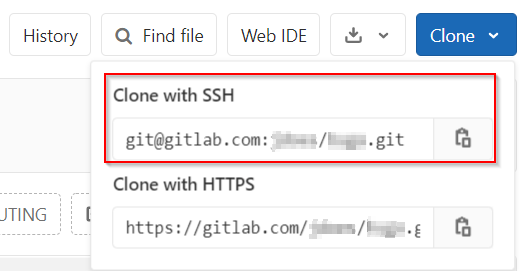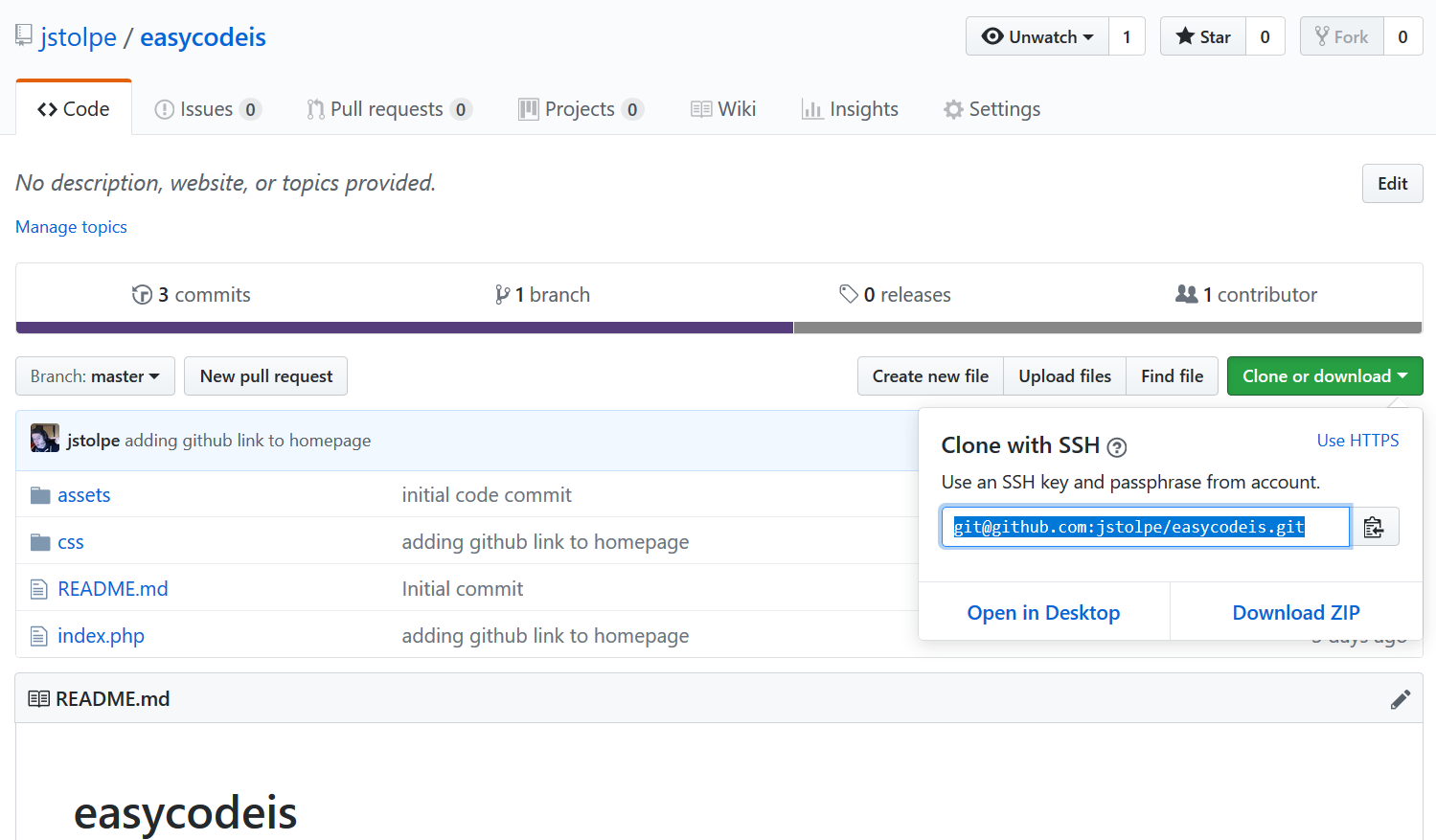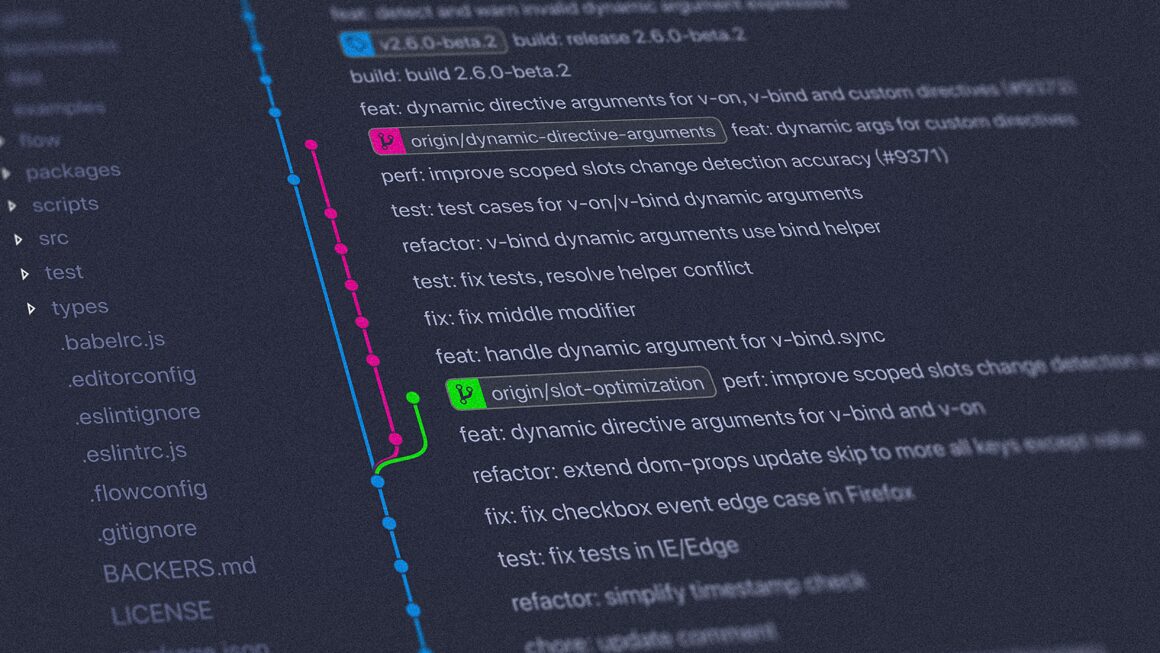

Terraform installs modules from Git repositories by running git clone.
Git clone command username password password#
Select New Profile and enter a profile name and your Git user name and password to create a profile. Many of the source types will make use of ambient credentials available when.Select a Git profile that you've already used to initialize or clone a Git repository.Click Git profile and specify the profile you want to use to clone the repository.

In Clone a Git Repository, enter the repository's URL. If Git prompts you for a username and password every time you try to interact with GitHub, youre probably using the HTTPS clone URL for your repository.


I did try multiple times because I discovered I somehow had a package-lock.json, yarn.lock, and node_modules in my home directory (where I’m running all these commands from). Unfortunately, I’m still left with all the same versions after doing the steps you suggested. ✔ Checking Netlify's Git Credentials version Īny help would be very much – thanks a lot for chiming in! We can use git-credential-cache to cache our username and password for a time period. mapping of special characters to encoded string. The following table has the mapping of special characters with the corresponding encoded string. I am logged into the Netlify CLI, and running netlify lm:info in the project root after all steps above gives me: ✔ Checking Git version The best way to handle special characters in the credentials is to encode the characters.
Git clone command username password install#
Restarting my machine (and waiting 45 minutes for updates to install ).Running netlify logout followed by netlify login (successfully logs me in, but problem persists).I made the change directly on GitHub instead and then re-cloned the whole repo (since I couldn’t pull the change), but the problem still persists. However, I still got the prompt upon trying to push the commit to change the file. Running netlify plugins:install netlify-lm-plugin followed by netlify lm:install in the root of the repo after cloning it with GIT_LFS_SKIP_SMUDGE=1.Redoing the process of connecting the site to the GitHub repo via the Netlify UI.However, none of them have an ID matching the one in the URL from the prompt, and changing them to end in. I’m on macOS and don’t see anything in Keychain Access for the URL it’s prompting with. Suppose, you want to clone a repository from GitHub, or have an existing repository owned by any other user you would like to contribute. Pushing & pulling afterward still results in the login prompt above. I’m able to at least clone the repository by doing the following: GIT_LFS_SKIP_SMUDGE=1 git clone When cloning, pulling, or pushing to/from GitHub, we’re continually getting this prompt: Username for ' No username/password combination we can think of works. Here’s the instance name for one of our main problem sites: My team and I have suddenly started encountering this problem just in the last couple of days for our sites that use Large Media.


 0 kommentar(er)
0 kommentar(er)
